
WAV (Waveform Audio Format)
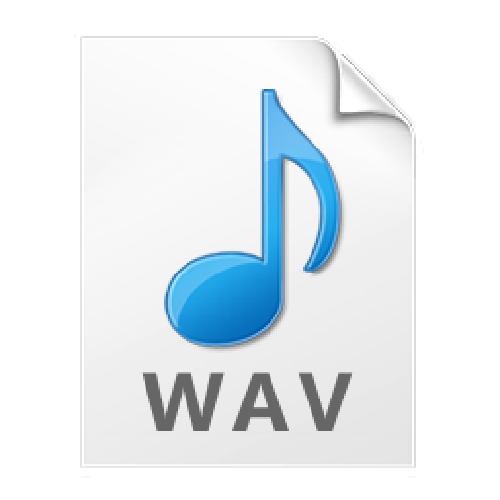
WAV (Waveform Audio Format) is a lossless and uncompressed encoding format with the extension .wav, and it is also the most widely used lossless and uncompressed encoding format. Developed by Microsoft and IBM, it is widely supported by the mainstream Windows platform and its applications. WAV supports a variety of compression algorithms, bit depths and sampling frequencies, but the file capacity is large, which is not conducive to network transmission, and the inability to edit ID3 tags is a major disadvantage.
WMA (Windows Media Audio)
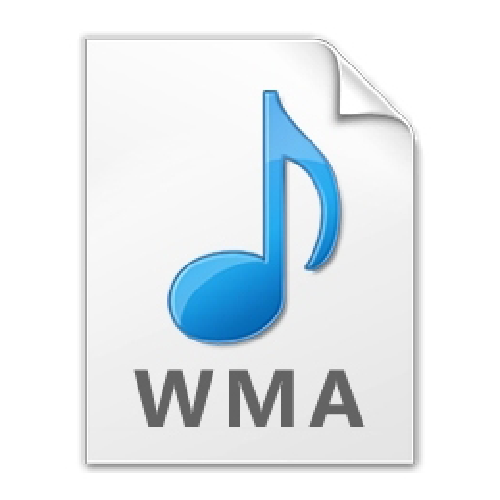
WMA (Windows Media Audio) is a lossy compression encoding format with a .wma extension. It was developed by Microsoft to reduce data traffic to achieve a higher compression ratio (1:18), only half of the MP3 encoding format File capacity. WMA is protected by digital rights management technology DRM (Digital Rights Management), which prevents users from copying files, and limits the playing time and frequency. Even the hardware must be authorized to effectively prevent piracy. In addition, this format has imported lossless compression coding-Windows Media Audio 9 Lossless since the WMA9 version, and supports up to 5.1 channel audio specifications. FLAC (Free Lossless Audio Codec)
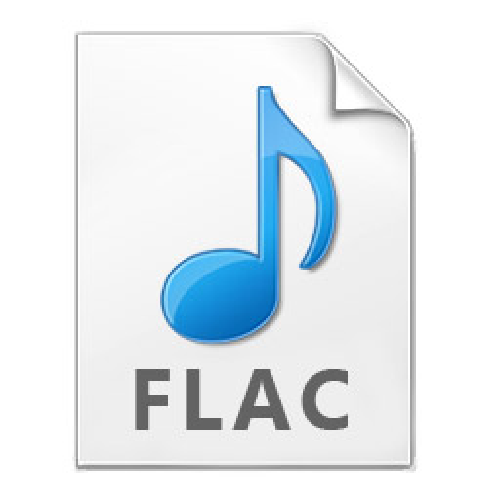
FLAC (Free Lossless Audio Codec) is a lossless compression coding format with an extension of .flac. As an open source audio compression code, it can be used without authorization. Its encoding and decoding are not protected by software patents. Although the compression ratio of FLAC is not as high as that of APE, it has the advantages of cross-platform, low decompression resource consumption, and open source code, making it one of the most commonly used lossless compression formats.
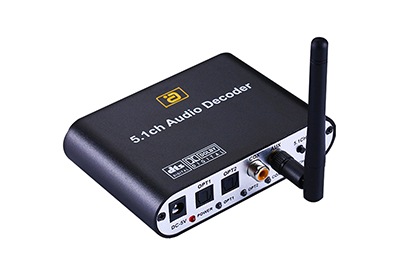
APE (Monkey s Audio)

Monkey s Audio is a lossless and uncompressed encoding format with an extension of .ape. Monkey s Audio also refers to software that compresses and decompresses APE files, with a compression rate of up to 55%. APE is an open source encoding format, because the license agreement is not free software, but semi-free software. Compared with more free lossless compression encoding formats such as FLAC, it is less supported by other software.
ALAC (Apple Lossless Audio Codec)
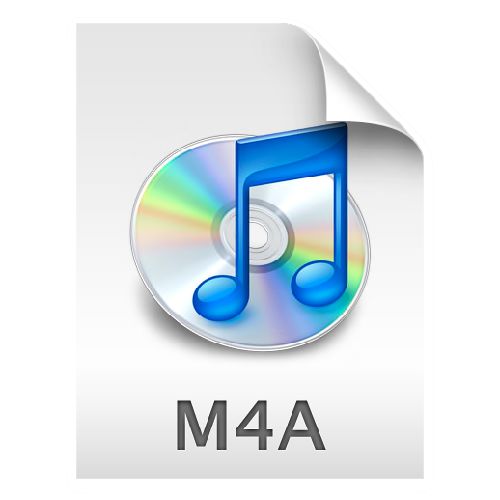
ALAC (Apple Lossless Audio Codec) is a lossless compression encoding format with the extension .m4a, developed by Apple, and the highest compression rate can reach 40% to 60%.
AIFF (Audio Interchange File Format)
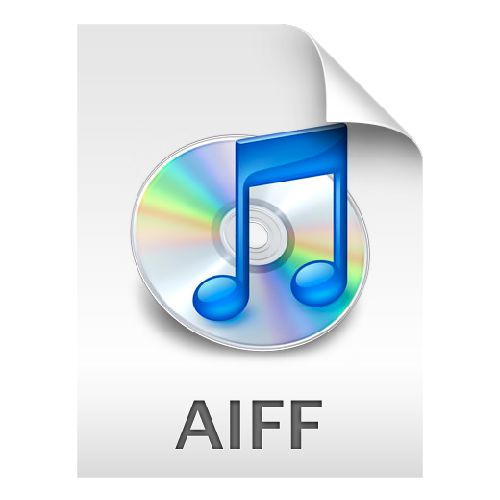
AIFF (Audio Interchange File Format) is a lossless and uncompressed encoding format with extensions of .aiff, .aif, and .aifc (compressed extension). It is an encoding format developed by Apple. The file capacity is slightly larger than that of ALAC (lossless compression). )Encoding format.
AAC (Advanced Audio Coding)
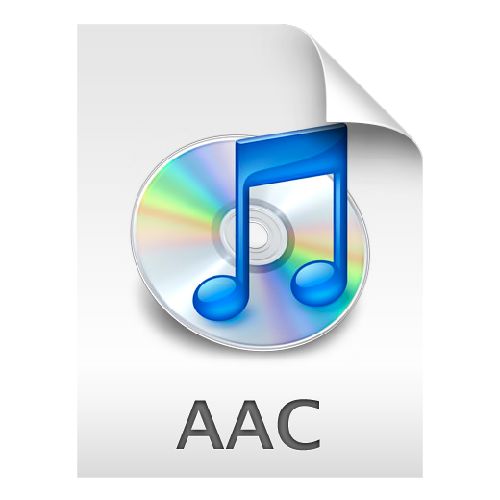
AAC (Advanced Audio Coding) is a lossy compression coding format with extensions of .aac, .mp4, .m4a, an audio coding technology based on MPEG-2, developed by Fraunhofer IIS, Dolby Laboratories, AT&T, SONY, Nokia, etc. The company cooperated with the development, the compression ratio is as high as 18:1.
TTA (True Audio)
TTA (True Audio) is an open real-time lossless compression coding format with the extension .tta. It is a lossless compression technology based on adaptive predictive filtering. Compared with other formats, it has the same or better compression rate.
ATRAC (Adaptive Transform Acoustic Coding)
ATRAC (Adaptive Transform Acoustic Coding) is a lossy compression coding format with extensions .aa3, .omg, .oma. In 1992, the consumer electronics manufacturer SONY developed the ATRAC encoding technology. In addition to the first version of ATRAC1, it later developed lossy compression encoding technologies such as ATRAC2, ATRAC3, and ATRAC3plus. Only SonicStage, x-APPRI, and Music Center for PC were developed. This format is only supported, and until today, ATRAC has faded out of the stage.
AAL (ATRAC Advanced Lossless)
AAL (ATRAC Advanced Lossless) is the only encoding format that includes lossless compression among the many branches of ATRAC. It has two parts: lossless compression and lossy compression; the former is the reversible lossless compression encoding of the original audio, and the latter uses ATRAC3. , ATRAC3plus and other lossy compression coding. Generally, the compression rate of AAL is about 30 to 80%. Because it contains lossy compression, the encoding format used for lossy compression will also affect the compression rate of AAL.
MP3 (Moving Picture Experts Group Audio Layer III)

MP3 (Moving Picture Experts Group Audio Layer III) is a lossy compression encoding format with the extension .mp3, which is also the most used lossy compression format. Because MP3 uses human auditory psychology to eliminate extremely high frequency and extremely low frequency audio, greatly reducing the amount of data, the highest bit rate is 320Kbps, and the compression ratio is as high as 1:10 or even 1:12. Because the file capacity is extremely small, it is conducive to network transmission.
 AYINO Technology Co., Ltd.
AYINO Technology Co., Ltd.








您好!Please login